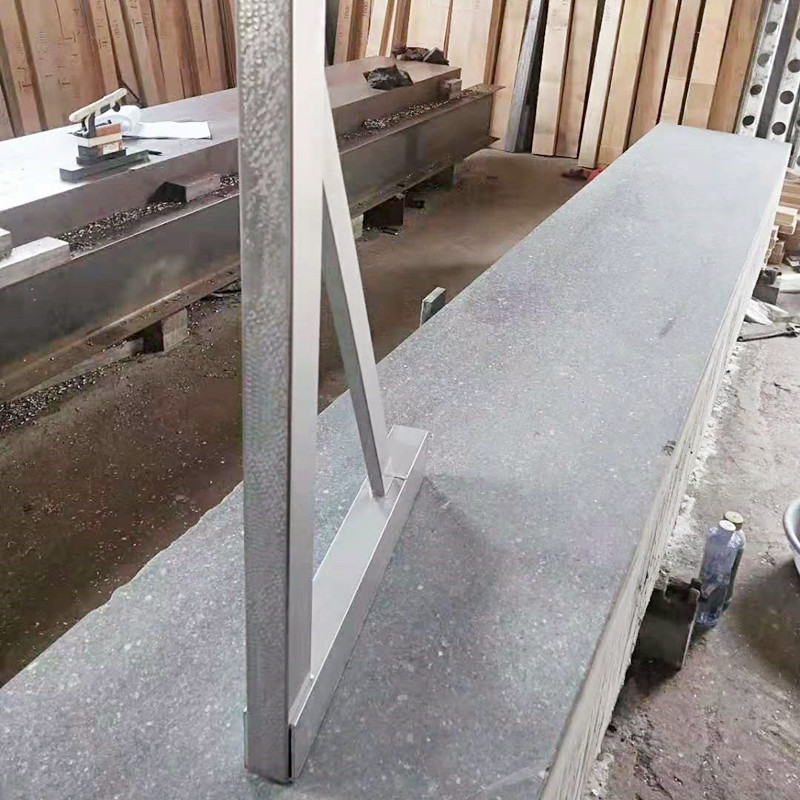Nov . 10, 2024 20:31 Back to list
Understanding the Function and Importance of Disk Check Valves in Piping Systems
Understanding Disk Check Valves Function, Importance, and Applications
Disk check valves play a crucial role in various fluid systems, ensuring the proper direction of flow and preventing backflow. These valves are commonly used in industries such as water management, oil and gas, and chemical processing. Understanding the functionality, advantages, and applications of disk check valves can help one appreciate their significance in maintaining system integrity and efficiency.
What is a Disk Check Valve?
A disk check valve is a type of one-way valve that allows fluid to flow in one direction while preventing it from flowing backward. Unlike traditional check valves, which often feature a ball or a flap mechanism, disk check valves utilize a flat disk or plate that pivots on a hinge to open or close, depending on the pressure differential across the valve. When fluid flows in the intended direction, the disk lifts, allowing the fluid to pass through. Conversely, if any back pressure occurs, the disk closes, effectively sealing the valve and preventing reverse flow.
How Disk Check Valves Work
The operational mechanism of a disk check valve is relatively simple yet effective. The valve’s design includes a seat upon which the disk rests when closed. The pressure of the fluid flowing in the intended direction pushes the disk upwards, overcoming the gravitational force and any spring tension that may be present. Once the flow stops or if there’s a negative pressure caused by a drop in system pressure, the disk returns to its seated position, blocking the backflow. This ensures that the system remains free of contaminants and maintains proper pressure levels.
Advantages of Disk Check Valves
Disk check valves offer several benefits that make them highly preferable in many applications. Firstly, their design allows for a low-pressure drop, which is essential in maintaining efficiency within a system. The reduced flow resistance means that systems can operate more effectively without requiring excessive energy input.
disk check valve

Secondly, the simple construction of disk check valves reduces maintenance costs. With fewer parts subjected to wear and tear, the frequency of repairs and replacements can be minimized. Their reliability is critical in high-stakes environments, where downtime can lead to significant financial losses and safety hazards.
Moreover, disk check valves are highly versatile. They can be installed in both vertical and horizontal orientations, making them suitable for a wide range of piping layouts. This flexibility allows engineers to implement these valves in various systems without the need for extensive redesigns.
Applications of Disk Check Valves
Disk check valves are prevalent in various sectors. In the water supply and wastewater management industries, they are used to prevent backflow, protecting drinking water systems from contamination. In industrial applications, these valves help regulate the flow of chemicals and fluids in processing plants, ensuring a safe working environment.
Additionally, disk check valves are used in HVAC systems to prevent the backflow of air or refrigerants. They are commonly found in pumping stations, where the prevention of reverse flow is critical for operational safety and efficiency.
Conclusion
In conclusion, disk check valves are vital components in numerous fluid systems, offering numerous advantages such as low-pressure drop, minimal maintenance, and versatile installation options. Their ability to effectively prevent backflow makes them indispensable in many applications across various industries. As technology continues to advance, the design and materials used in disk check valves may evolve, further enhancing their performance and reliability. Understanding the importance of these valves can aid engineers and professionals in selecting the right components for their systems, thereby ensuring optimal operation and safety in fluid management.
-
Precision Manufacturing with Advanced Spline Gauge DesignNewsJul.31,2025
-
Industrial-Grade Calibrated Pin Gauges for Exact MeasurementsNewsJul.31,2025
-
Industrial Filtration Systems Depend on Quality Filter DN50 SolutionsNewsJul.31,2025
-
High-Performance Gate Valve WholesaleNewsJul.31,2025
-
Granite Surface Plate The Ultimate Solution for Precision MeasurementNewsJul.31,2025
-
Granite Industrial Tools The Ultimate Guide for Bulk BuyersNewsJul.31,2025
Related PRODUCTS









